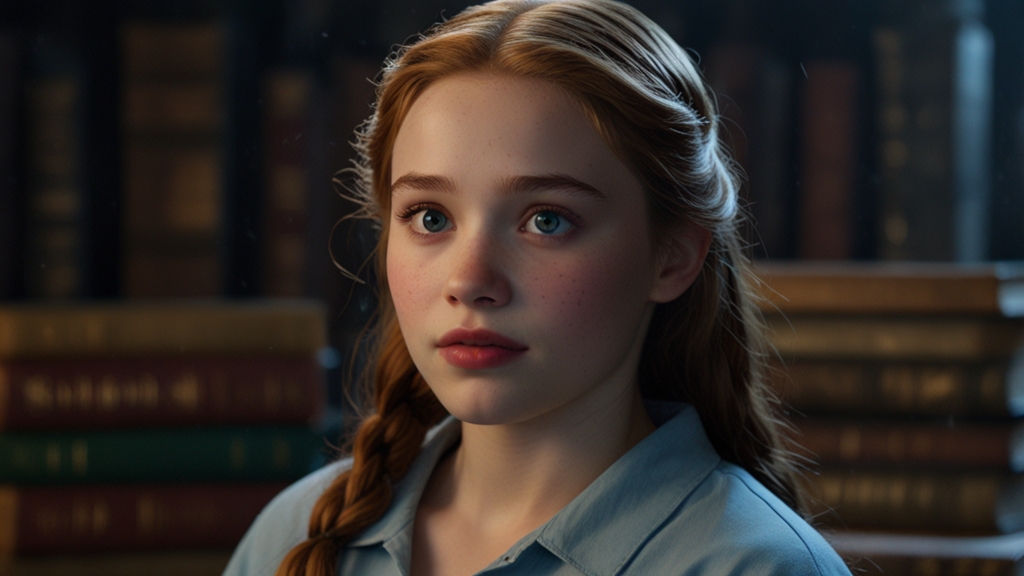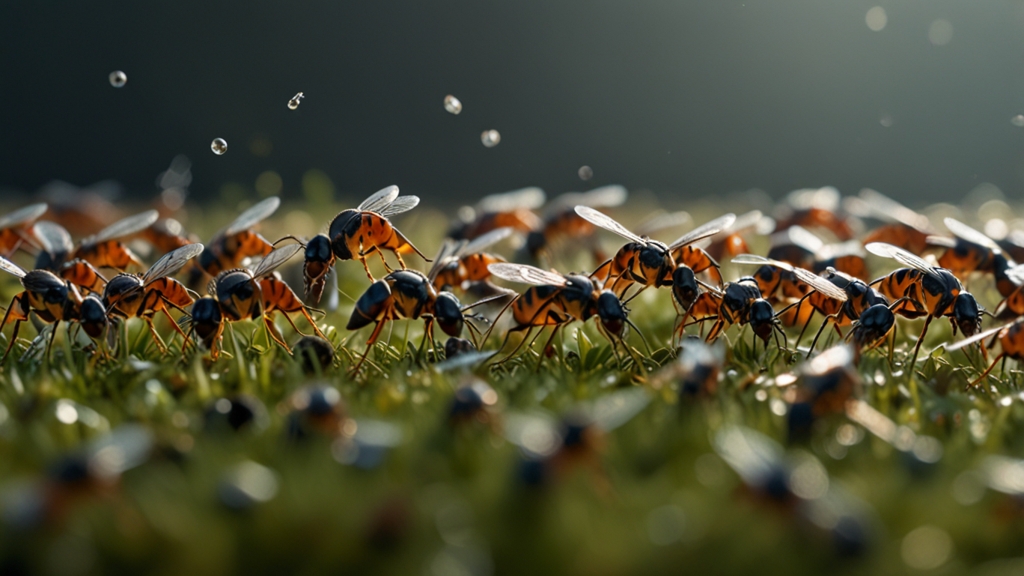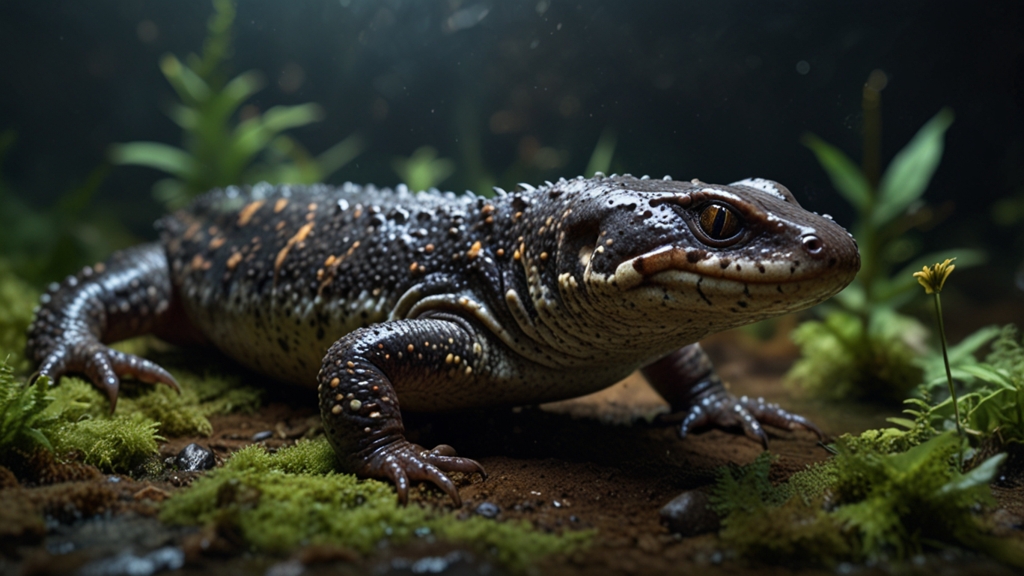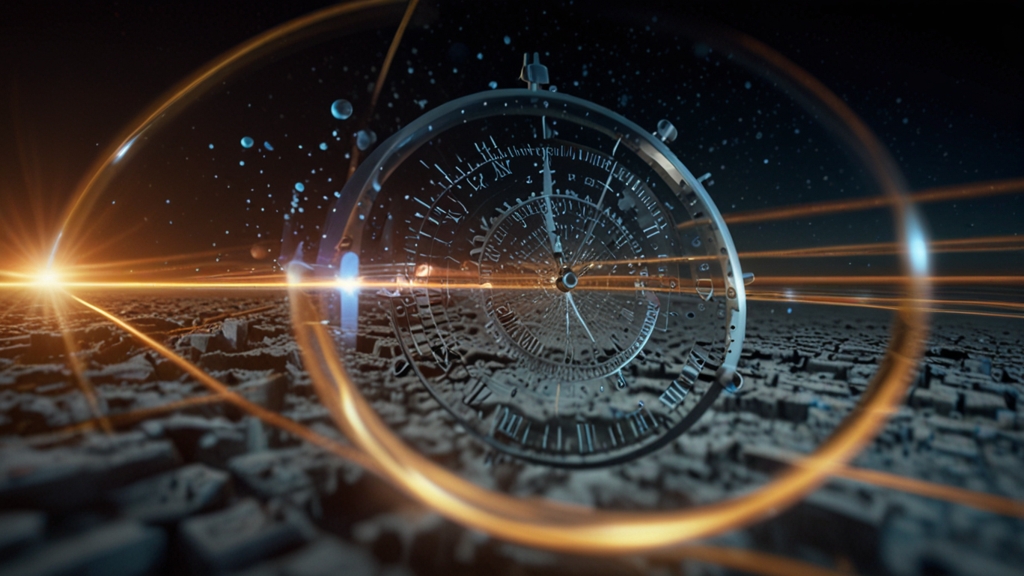Meet the Iconic Figures of Creation Stories Worldwide
Creation stories are fascinating narratives that explain the origins of the world and humanity. These tales, often embedded in a culture's mythology, introduce us to compelling and powerful figures who shaped the universe. Here, we explore some of the most iconic figures from creation stories across different cultures.
Prometheus: The Greek Titan
In Greek mythology, Prometheus is a titan credited with shaping humanity from clay and stealing fire from the gods to give to humankind. His story is one of rebellion and ingenuity.
"Prometheus, the fire-bringer, stands as a symbol of human striving, defiance of divine authority, and the quest for knowledge, crucial to the development of civilization."
For his defiant act, Prometheus was severely punished by Zeus, the king of the gods, who chained him to a rock where an eagle would eat his liver daily, only for it to regrow and be consumed again the next day.
Ranginui and Papatūānuku: The Maori Primordial Parents
The Māori creation myth from New Zealand tells of Ranginui, the sky father, and Papatūānuku, the earth mother. Their embrace was so tight that their numerous children lived in darkness between them, yearning for light and space.
Their son, Tāne Mahuta, the god of the forests, forced his parents apart, lifting Ranginui to become the sky and leaving Papatūānuku as the earth. This separation allowed light to enter the world, symbolizing the creation of life and the natural world.
Nu Wa: The Chinese Mother Goddess
Nu Wa is one of the most revered deities in Chinese mythology, known for creating humanity and repairing the sky after a catastrophic battle. According to legend, she fashioned humans from clay and gave them life through her divine essence.
When the four pillars supporting the heavens were destroyed in a titanic struggle between other deities, Nu Wa used five-colored stones to mend the sky, restoring balance to the cosmos and ensuring the survival of her creations.
Odin, Vili, and Vé: The Norse Triad
In Norse mythology, the creation of the world started with the giant Ymir, whose body was used by Odin and his brothers, Vili and Vé, to form the earth. His flesh became the land, his blood the sea, his bones the mountains, his hair the trees, and his skull the sky.
"From Ymir's flesh, the world was fashioned; from his blood, the sea; from his bones, the mountains; from his hair, the trees; and from his skull, the sky above."
Odin, the most prominent of the three, went on to become the chief of the Aesir gods, deeply influencing the mythological landscape of the Norse world.
Quetzalcoatl: The Feathered Serpent of Mesoamerica
Quetzalcoatl is one of the most significant deities in Mesoamerican cultures, particularly among the Aztec and Toltec civilizations. Known as the Feathered Serpent, he is credited with creating humanity after previous human races were destroyed in a series of cataclysms.
Quetzalcoatl descended into the underworld to retrieve the bones of the previous human inhabitants. He mixed these bones with his own blood, giving life to a new race of humans, symbolizing rebirth and the cyclical nature of existence.
Gaia: The Greek Primordial Earth Goddess
In Greek mythology, Gaia, also known as Gaea, is the personification of the Earth and one of the primordial deities. Emerging from the chaos, she gave birth to Uranus, the sky, and together they produced the Titans, the Giants, and other ancient beings.
Gaia’s significance extends beyond her role as the Earth itself. She represents fertility and the nurturing aspects of the planet, being the ultimate mother figure in many mythological narratives.
Conclusion
The figures in creation stories reflect the diversity and richness of human thought across cultures. These narratives provide insight into how different societies perceive the universe and their place within it. Whether through the rebellious spirit of Prometheus, the nurturing hands of Nu Wa, or the cosmic unity of Ranginui and Papatūānuku, each story carries profound meaning and timeless lessons about existence.






